|
Music is a way to express one’s deepest feelings, and it’s a form of entertainment that is universally loved. Many people use music as a way to relax. With all the different genres available, there’s something for everybody from pop to jazz to classical. Each person has their own preference in music. There are also many different musical instruments in the world. Talented musicians gain fame by their ability to create music with the instruments that they use. Some prefer the guitar because of its cool factor. Some choose to be more traditional and settle with classical instruments like the violin. Rare or valuable musical instruments can be very expensive. The following is a list of the top 10 most expensive musical instruments that can be found around the world. 1. Classical Guitar by Robert Bouchet This famous French guitar signed by Robert Bouchet is rare and expensive because he only made 150 of these during his lifetime. These are very high in demand. It was designed and made in Paris in 1964. This was created by Julian Bream. When it was up for auction in 2009, it was sold for the extraordinary price of $122,500. 2.Classical Guitar by Antonio de Torres This guitar was made in Spain by Antonio de Torres. De Torres started his first set of musical songs in 1871, but this guitar was made before then and is of very high quality. It was sold at an auction in 2007 for $157,000. 3.A Violin by Giovanni Battista Ceruti Giovanni Battista Ceruti worked in the textile industry until he decided to start his career in instrument making at the age of forty. He used the best material to make high-quality violins. A violin was sold at an auction for $158,500 dollars because of the Ceruti name attached to it. 4.Viola de Gambia by Pieter Rombouts The viola de Gambia is considered to be one of the rarest musical instruments in the world. It was designed and made in Spain, and it produces a beautiful sound. This small instrument is made of wood and has a skull design on the top handle. It was sold for the price of $212,500. 5.Violin by Carlo Giuseppe Testore Carlo Giuseppe Testore was a famous musical artist from the seventeenth century to eighteenth century. He designed many instruments like the violin, cellos, violas, and more. A Testore instrument was considered to be top-notch quality. Made in 1701 in Milan, Italy, this violin was sold for $218,500 at an auction. The reason for its high price is the quality of sound that it produces. 6.Violoncello by Gennaro Gagliano Musical instruments by Gennaro Gagliano are considered among the best-made in the world. Made in 1765, even in those times, it was considered the best and most genuine item in the music industry. The material, the design, and the quality of sound produced by this instrument is near perfect, which makes it very high in demand. In 2009, one instrument sold for $362,500 dollars. The fact that it is a Gagliano instrument is enough to establish the fact that it is one of the best in the world. 7.Viola by Gasparo Bertolotti da Salo This viola is by Gasparo Bertolotti, and it is of the best quality. It is designed and made by the instrument maker who has created 60 of the best items of the musical world. This sold for the record price of $542,000. This instrument is worth so much because its design and shape combine to make it play and give rise to great sound quality. 8.OM-45 Deluxe Guitar by CF Martin and Company This guitar is made by the famous CF Martin and Company. Made in the nineteenth century, these guitars are used by musicians around the world. Their instruments are so limited that only 15 guitars of this model were made. This guitar was sold in 2009 for the astounding price of $554,500 dollars. 9.Eric Clapton’s Blackie Stratocaster Guitar by Fender The Fender Stratocaster could be the best guitar in the world. Musicians know of them and some of the legends like Jimi Hendrix and Buddy Holly were known to use this particular brand and model. It was designed in 1950. For musicians, it is considered a symbol of your status. Eric Clapton used this model for 15 years. It sold at an auction for almost one million dollars or $959,500 dollars to be exact. 10.The Hammer Violin by Antonio Stradivari
When it comes to violins, no one did it better than Antonio Stradivari. He is world famous for making the best violins to ever exist. This violin was made in the nineteenth century, and it is one of the most expensive instruments a person can own. It has had a number of different owners, and it was with a Japanese artist for 12 years. In 2006, it was placed up for auction and garnered a price of $3,544,000 dollars. These are the most expensive musical instruments in the world. They are so rare and expensive, they are like a piece of art all on their own.
0 Comments
1.Set a budget. It's important to stick to a budget and to keep your wishes realistic. While this is a very special day your life, it's not an excuse to be wildly extravagant with money you don't have. Remind yourself when you feel like fretting that you still have many wonderful days ahead and you don't want these marred by paying back an unplanned overspend.
2. Set the timeline for planning. Of all things about your planning, this is the most important aspect. Develop a sensible, reasonable timeline depending on how much time you've given yourselves. Begin with a calendar before you and try following a suggested timeline from a wedding guide. You will find such timelines in wedding guide books, magazines, online and even at the base of this article. In general, you're likely to find that most guides assume you have around 12 months to plan your wedding; if you've less time, simply adjust the timeline accordingly (the last three months matter the most anyway).
3.Decide on the size of your wedding. Remember to talk this over with the person you are engaged to. A dream wedding for one may not be right for the other. You'll need to know how many people are going to attend for the purposes of venues, catering and invitations.
4.Choose the venue. The sooner this is done, the better, so that you know you have the place you really want. Check out the spaces offered, the catering deals, the marriage fees, the ability to decorate a church or synagogue, wedding space, etc. Find out whether the prices quoted cover everything or whether you'll be expected to pay for extras.
5.Set the date. The factors in choosing a date include the availability of your venue, friends and family. Think about who you must have at your wedding, and try to set the date with their availability in mind. Most people will do their best to accommodate a wedding, so unless you know this person has major surgery or a competing wedding in their calendar, you should be fairly right with directing their calendar.
6.Choose a theme. It doesn't have to be anything really specific, but a successful event tends to have a consistent feeling throughout. Choose a theme that is easy to plan and decorate. Everything should be consistent with the theme.
7.Send out the wedding invitations. Research into the design of your wedding invitations when you still have around 10 months to go, and work on purchasing or ordering their printing when there are about six months to go. Leave plenty of time if you're making your own and always have lots of spares, as making a mistake now and then in writing or making them is inevitable.
8.Choose your officiant. For a faith-based wedding, you'll be looking for a pastor, priest, minister or rabbi. If they don't charge a fee outright to perform the ceremony, be courteous enough to pay a generous gratuity for their time. For a secular based wedding, choose a wedding officiant, judge or person with authority to marry people who is both available on the date and amenable to any particular special requests you have by way of vows and ceremony.
9.Research, design and order your wedding dress. Around the mark of nine months to go, start researching your wedding dress ideas. Are you having one custom made, altering an heirloom dress or purchasing off-the-rack? Whichever way, you'll possibly need several fittings and adjustments to perfect it. Alternatively, make your own or steer clear of traditional wedding dresses and buy a dress that you simply love and know you can wear again after the wedding. You don't have to stick with tradition or spend a fortune on something you'll never use again.
10.Select the wedding rings. This is a fun task to do together, and symbolizes your devotion to each other. Most couples get matching rings to show that they complete one another's soul. If you're having rings specially made up, leave plenty of time and be prepared to get to learn more than you ever cared to know about gold and the origins of it (as in, whether or not it has been sourced equitably and so forth). Make the right decisions by doing your research.
11.Find a photographer and/or a videographer. Consider using a professional for this special occasion, and make sure that this person is reliable so that you don't have to worry about him or her forgetting your wedding or stuffing up the photos or filming. There are just too many stories of relying on friends or family to photograph or film a wedding followed by years of regret about the fuzzy, out-of-focus shots or no footage at all because the photographer got carried away doing something else...
12.Hire your entertainment. Decide on whether you're going to have a quartet, orchestra, band or a DJ. Professional musicians will keep the flow of the event, make announcements, and plan all your special events with you. Each has its advantages and limitations depending on what you're seeking.
13.Decide what type of food and refreshments you will offer at the reception dinner. Try to find a happy medium between what would please your guests and what you can afford. Weigh the pros and cons of hiring a professional caterer, as it's not cheap, but it's one less thing you'll have to handle personally. Some couples choose to base the menu on the culture of the family, or go for something that most people like, such as Italian or Asian fusion.
14.Pick a cake.
Before settling on a cake it's best to have a tasting first. Also look into a cake that will match your theme, and please both the bride and groom. Sample cakes around eight months before the wedding and select the design at this time.
15.Register for gifts when there are about 9 months to go until your wedding. This gives guests plenty of time to check your list and get the gifts.
16.Choose suitable transportation. If you have multiple venues, plan how you will travel from the ceremony location to the reception location. Some couples may choose to rent a limousine or ride in a classic car. Others like horse-drawn carriages. If it's popular with other people, book early. If it's your own cars, book them in for cleaning and detail a week before the wedding.
17.Decide on whether to have a special wedding night room or to leave on honeymoon quickly. Many couples book a honeymoon suite the night of their wedding to begin the feeling of a honeymoon before leaving the town or city of the wedding, while others simply get going straight after the wedding. The choice is entirely your own. As a violinist, you’re probably aware that there is an abundance of songs that feature the violin. In addition to the classical and baroque styles that brought the instrument to worldwide fame, there are many modern pop and rock songs that highlight the beautiful sounds of the violin. Here are the best violin songs that showcase the true versatility of this magnificent string instrument. 1. Bach’s Chaconne It wouldn’t be a true compilation of the best violin songs if we didn’t include the infamous Bach. The fifth movement of Bach’s Partita No. 2 in D minor for unaccompanied violin is easily regarded as one of the best violin songs of all time. This particular video contains Nathan Milstein performing the piece, who is acknowledged to be a very accomplished violinist, and does the piece great justice. While it is not played at an incredibly high tempo, it does allow the player to show his or her prowess completely. 2. Mendelssohn’s Violin Concerto Another phenomenal piece written for violin, Mendelssohn’s Violin Concerto includes both beautiful and haunting moments, as well as fast paced and technical sections that require rigorous practice. At more than 25 minutes in length, depending on the particular conductor and soloist, the piece allows the violin player to expand musical horizons as long as he or she wishes. 3. Vaughan Williams – “The Lark Ascending”In a bit more contemporary classical vein, Ralph Vaughan Williams composed “The Lark Ascending” after being inspired by a poem of the same name written by George Meredith. It is a piece that can be played by violin accompanied by piano or full concert orchestra. As the title suggests, it is a light and airy piece, composed to actually transcribe into the sounds of a lark. 4. Kansas – “Point of Know Return” When the rock group Kansas formed, Robby Steinhardt was an integral member of the band. He didn’t play guitar or drums, nor was he a lead vocalist; rather, he was a talented violin player who was able to give the band its signature sound that set them apart from other rock groups of the time. In the song “Point of Know Return,” Robby’s talents are on display throughout, including a bridge and solo section that bring the violin to the forefront. 5. Lindsey Stirling – “Crystallize” While Lindsey Stirling hasn’t been performing internationally for long, she has quickly become the face of dubstep violin playing. While the combination is quite unique, the marriage of a centuries-old instrument and modern computer-generated music tickles the eardrums in a way that can only be described as one-of-a-kind. The attention to detail in her recordings is quite evident, blending new techniques with classical standards. If dubstep is a musical genre that you enjoy outside of violin playing, be sure to check out all of her songs. Obviously, this is a very short list and contains only a few of the best violin songs that have been created. Use this list for inspiration when you’re practicing and learning violin.
Yours won't be just another cookie-cutter wedding. Here are top ideas to make your wedding a standout celebration. 1. A Luxe Reception Lounge Give guests a place to mingle between dance breaks by creating a lounge area at your reception. Fill the space with couches or chairs and plenty of pillows to sink into. It's the perfect way to keep everyone in on the party even when they're resting. Really want to wow 'em? Close off the area with curtains to create a VIP vibe. 2.Reception Ushers You may already be planning to have your ushers escort guests to their ceremony seats, but consider having reception ushers. These "live escort cards" walk guests to their tables for an upscale restaurant experience. Ask your reception venue or caterer if its waitstaff can do this double duty, or assign a few ushers to the job. 3. Upgraded Welcome Bags Make your guests feel like VIPs with welcome bags that go beyond a map and a few snacks. Stuff personalized tote bags with mini bottles of bubbly or a six-pack of a local microbrew, a gift certificate to your favorite local coffee shop and an individual "Welcome!" note from you. 4.Guest Transportation If you're planning on shuttling your guests from the ceremony to the reception, make the journey part of the fun by renting some seriously cool mass transportation. Take wedding transportation to new heights with a hot air balloon ride. Or, if it'll suit your wedding style, get nostalgic with some charming yellow school buses. And for extra flair, customize the ride by playing fun music or decking out the bus with a sign that reads, "Sarah and John's wedding or bust!" 5.A DIY Flower Station Let guests know that it's not just the wedding party that's special to you (it's everyone!) by letting each one stand out with their own corsage or boutonniere. Ask your florist about setting up a make-your-own-flower station: Put out some sturdy blooms like spray roses or mums, supply lots of colorful ribbons and pins, and add labels with easy-to-follow instructions. 6."To-Go" Valet Gifts Send guests home feeling taken care of by having your valets place small favors or end-of-the-night snacks in guests' cars before handing over the keys. No valets? Set out baskets of the gifts -- such as soft eye masks with notes that say "Sleep tight!" or even hangover kits -- for guests to grab on their way out of the reception venue. If you’ve arranged bus or shuttle transportation, have a favor waiting on board for guests. 7.Convenient Child Care Hire a babysitter (or two) and set her up in a room so your youngest guests have a place to go when they tucker out. If it's possible, pick a room near your reception location so parents can stop by to check in on the tykes and then return to the party easily. Stock the room with snacks, games and a portable DVD player to keep them entertained, and make sure there's a soft sofa and blankets for those inevitable naps. 8.A Bubbly Bar Make toast time delicious by letting guests customize their champagne. Dishes full of fruit purees, lavender sprigs, citrus twists and flavored ice cubes that can be spooned into glasses of bubbly will make the toast that much more fun. 9.A Friends and Family Tree Seating Chart You worked hard on figuring out that seating chart, so get the dinner conversation started by showing guests how they're connected. Create a sign that shows the relationships between the guests who will be sitting next to each other -- it'll help break the ice for those who haven't already met. 10.A First-Dance Confetti Drop Your first dance will be one of the highlights of your wedding, so add this extra-special touch to up the entertainment factor (and make for some serious photo ops!). If your song is slow and romantic, have fresh flower petals instead of confetti dropped from the ceiling. Your rental company and florist can work together to make this happen -- and don't forget to make sure the reception waitstaff will be standing by to clean up. 11. A Video Confessional BoothFor a fresh twist on the hot photo booth trend, rent a video booth where guests can record a quick on-screen message for you. Ask your videographer to edit some of the best clips into your wedding video. Then, post your other favorite video “confessions” on your wedding website and encourage guests to check them out in your thank-you notes. 12. A Hip After-Party Instead of just hitting the bar next door when your reception venue closes, plan a true postwedding bash for you and your hardest-partying guests. Book a space with a completely different vibe from your reception (like a relaxed patio bar or a karaoke club to offset a formal ballroom) to keep the party going. 13. A Decked-Out Entryway It doesn't mean that you should spend a gazillion dollars on a 20-foot-tall floral arrangement, but first impressions are important, so take time to think out the entrance to your reception. Add a couple flower arrangements to the escort card table or have your stationer create a stylish seating chart display. A table topped with your engagement photos, your parents' wedding albums, and any other from-the-family artifacts would make meaningful additions. 14. Unexpected Wedding Music Sure, a string quartet is nice, but you'll blow guests away with a jazz trio or a Spanish guitar player. To get the party going during the cocktail hour, look into hiring a mariachi band, a bluegrass group, or even a barbershop quartet for some seriously memorable melodies. 15. A Wedding Dress Change All eyes will be on you, so it'll be a huge shocker when you go from a classic wedding dress for the ceremony to a shorter, flirtier dress at the reception. Whether it's a cocktail dress you bought (but couldn't find an excuse to wear) or a sparkly, white dress that's just too short for the aisle, have fun with it! If you honestly can't imagine changing out of your wedding dress, make other changes: Let down your hair, switch your shoes, or add a few new pieces of jewelry. 16.Wedding Favors With Entertainment Value Think of your wedding favors as an accessory to your reception. Want a packed dance floor? Distribute kazoos, maracas, or even rally towels for a good time that just won't quit. 17. A (Surprise) Choreographed Dance
Take a few dance lessons before your wedding, but instead of the standard waltz, kick it up a notch by learning a sultry tango or a high-energy swing routine, and then surprise everyone during your first dance. For an unexpected surprise, get your dad or even your grandpa in on the act. Imagine the looks on your guests' faces when you and your pops break into a hip-hop routine mid-father-daughter dance. 18.Decked-out Transportation Come up with a transportation plan that'll get guests talking. Maybe your car-obsessed uncle would be willing to play driver for the night in exchange for showing off his ridiculously cool Mustang. Your oversized clunker from high school might actually look pretty cool decked out with streamers and a "just married" sign. Even your bicycles -- tied off with fresh flowers -- would create a memorable exit. For centuries, violin makers have tried and failed to reproduce the pristine sound of Stradivarius and Guarneri violins, but after 33 years of work put into the project, a Texas A&M University professor is confident the veil of mystery has now been lifted. Joseph Nagyvary, a professor emeritus of biochemistry, first theorized in 1976 that chemicals used on the instruments – not merely the wood and the construction – are responsible for the distinctive sound of these violins. His controversial theory has now received definitive experimental support through collaboration with Renald Guillemette, director of the electron microprobe laboratory in the Department of Geology and Geophysics, and Clifford Spiegelman, professor of statistics, both Texas A&M faculty members. Their work has been published in the current issue of the scientific journal Public Library of Science. Antonio Stradivari (1644 – 1737) made about 1,200 violins in his lifetime and sold them only to the very rich, primarily the royalty. Today, there are about 600 Stradivarius violins remaining and they are valued at up to $5 million each. A lesser-known contemporary of Stradivari, Guarneri del Gesu, like the painter van Gogh, had trouble selling his work, but his instruments are now considered equal in quality and price by experts to Stradivarius violins. Nagyvary, a native of Hungary who learned to play the violin by using an instrument that once belonged to Albert Einstein, has wondered for decades how Stradivari, with his rudimentary education and no scientific training, could have produced musical instruments with such an unequaled sound. Nagyvary obtained minute wood samples from restorers working on Stradivarius and Guarneri instruments. The results of the preliminary analysis of these samples, published in “Nature” in 2006, suggested that the wood was brutally treated by some unidentified chemicals. For the present study, the researchers burned the wood slivers to ash, the only way to obtain accurate readings for the chemical elements.
They found numerous chemicals in the wood, among them borax, fluorides, chromium and iron salts. Borax has a long history as a preservative, going back to the ancient Egyptians, who used it in mummification and later as an insecticide. “These current research results are highly gratifying for me because they prove what I first proposed 33 years ago, that – contrary to common wisdom – the wood of the great masters was not natural but chemically treated by certain minerals, some of which I had predicted at the outset. Based on my lifetime experimentations with similar chemicals, we have reason to believe that they could have played a major role in the great tonal refinement of the antique instruments,” Nagyvary says Nagyvary said he believes the current findings will be of great interest to art historians and musical instrument makers around the world and could change the process of how fine violins are made. You may have spent a long time discussing your first dance song with your partner, but don’t neglect other important pieces of music you’ll need on your day! For your wedding ceremony songs, you’ll need to make at least two choices – namely, your processional and recessional songs. A processional song is the music that you and your wedding party will walk down the aisle to – you can have one song for everyone, or choose a separate song for your grand entrance. At the end of the ceremony, you and your new husband leave the venue to your recessional music, which tends to be more upbeat than the processional. Processional 1.Bridal Chorus, Wagner Often known as "Here Comes The Bride", this piece of classical music is the traditional choice for the procession of the bride, and is often played on an organ. But this is the classical piano – that way you can keep the element of tradition without the drama! 2. Christina Perri - A Thousand Years (Piano/Cello Cover) - ThePianoGuys Often couples can’t decide between a classic instrumental or a more modern lovesong with vocals for their processional music. Why not get the best of both worlds with an instrumental cover of one of your favourite songs? 3. All of Me - John Legend - Violin and Guitar Cover - Daniel Jang Another very popular choice with brides. This gorgeous piece of music sounds beautiful. 4.Somewhere Over the Rainbow by Israel Kamakawiwo'Ole For something a little bit different, you can’t beat this gorgeous ukelele cover – it’s sure to get everyone smiling! 5.Love Actually Soundtrack-Glasgow Love Theme Walking down the aisle to a song from your favourite film soundtrack is another way to incorporate instrumental music with a personal touch into your ceremony. Recessional 6. Mendelssohn's Wedding March This is the traditional choice for the wedding recessional. This grand organ piece is definitely all about the high drama, so is best suited to larger or religious venues. 7. Handel Arrival of the Queen of Sheba - The Sixteen This classical piece may be intended to signify an arrival, but it works perfectly for a recessional – it’s high tempo and undoubtedly joyful. Perfect for more traditional couples. 8. Vitamin String Quartet - Don't Stop Believing Another classical cover of a modern tune – this version of Journey’s Don’t Stop Believing as played by a string quartet, as it strikes the perfect balance between traditional and contemporary. 9. Hitch Wedding Dance Scene - End of Movie For those looking for something truly different .Will Smith and Eva Mendes get down to it in the last scene of "Hitch". Do you think you and your new husband can beat their moves? 10. David Oistrakh He lived from 1908 to 1974. He was Russian and became world famous for his recordings and recitals of Tchaikovsky’s Concerto, as well the standards by Beethoven, Brahms and Mendelssohn. He was friends with several prominent Russian composers, including Prokofiev, Shostakovich, Khachaturian and Glazunov, all of whom wrote works dedicated to him, and which he premiered. Tchaikovsky’s Concerto was his favorite work, and some say he made the best recordings of it, which is a huge feather in any violinist’s cap. He described the last movement of it as the violin equivalent of running a 3-minute mile. 9. Fritz Kreisler One of the first true masters of the pre-recording age to make his mark in the sound studio. Kreisler lived from 1875 to 1962, and was known for a very polite, charming tone quality, not bombastic or forceful, but technically perfect, as if he were asking the audience’s permission to show off now and then. Kreisler was one of the few classical musicians to die wealthy back then, having been struck by cars twice, once in 1941, which fractured his skull and put him in a week-long coma, and again a few months before his death, a traffic accident which left him blind and deaf. He was known to be supremely polite and gentlemanly to everyone he met, and this has been noted as an abiding quality of his playing. He wrote what is, today, the most popular cadenza for Beethoven’s Violin Concerto in D. 8. Mischa Elman He lived from 1891 to 1967. He could already play, at 11 years old, some of the most difficult pieces ever written, including Wieniawski’s 2nd Concerto. He was quite short, at about 5 feet 3 inches, and, along with his wide fingers, this hindered his ability to hit the very high notes. He practiced for years until he perfected his technique, and would bend over a bit during performances in order to play properly. It worked for him, and he used to say that he didn’t care what he looked like while he played. He is also the progenitor of the famous joke, when walking home one evening in New York City, from a poorly received recital, he was stopped by a passerby who intended to go to his performance, but was late. The passerby asked, “How do you get to Carnegie Hall?” Elman winced and said, “Practice, practice, practice!” as he walked on. 7.Giuseppe Tartini He lived from 1692 to 1770, and his origins on the violin are fun. His parents wanted him to be a friar, since that was one of the few careers that would guarantee he didn’t starve. All monasteries taught basic music as part of their schooling. He took up fencing at the University of Padua, where he studied law, and after his father died, he married Elisabetta Premazone, whom his father would not have liked because she was of a lower class. But she was a mistress of Cardinal Giorgio Cornaro (there was more of a Cardinal in the bird than in him), who promptly accused Tartini of making off with her. So he fled, rather than be caught and excommunicated or killed. He went to the monastery of St. Francis of Assisi, and began studying the violin. He had a lot of talent for it, and the story goes that when he considered himself a master, he went to a performance of Francesco Veracini, whose playing made Tartini flee to Ancona and practice a lot more. His most famous work makes extensive use of trills: the Devil’s Trill Sonata for solo violin (played above by notable extra Itzhak Perlman), in which the performer must play rapid, grueling double-stop trills. Many professionals today cannot handle it. Some say that Tartini heard the devil play it in a dream, and his composition the next morning was terrible compared to what he remembered. 6. Ole Bull He was Norwegian, and lived from 1810 to 1880, during which time he toured Europe concertizing with the likes of Franz Liszt, Clara (and Robert) Schumann, Felix Mendelssohn and others. Back then, the public didn’t have TV to distract them until 7:00 in the evening, so they showed up at noon, with their lunch and supper, and the recitalists had to wow them for up to 6 hours. No one person can be expected to do this, of course, so various great performers would collaborate when passing by each other’s home towns. Robert Schumann considered Bull to have an uncommon clarity and precision in his technique, to the point that, no matter how fast the music got, Bull never missed a note, and you could hear them all just fine. Clara loved him more than any other violinist she heard in person. Not an easy virtuoso to outmatch, but as so often happens when ranking great performers before the recording age, at some point the rankings begin to split hairs. That is the case, save one or two entries, with this list. 5. Jascha Heifetz By far the greatest performer of the modern recording age. Born in 1901, died in 1987, he is one of the very few, if not the only one of, players who can hit the high note at the end of Tchaikovsky’s Violin Concerto and give it vibrato in the fifth of a second or so of its playing time. He became legendary with his recording of Zigeunerweisen, written by another performer on this list, which showcases almost every technique a violinist par excellence should have. It became Heifetz’s signature piece. After a slow segment, the fast part incorporates hair-raising pizzicato and bowing passages at the same time. Heifetz was more than equal to the task. His admirers have all expressed wonderment at his marvelous tone quality, however difficult the piece of music he was performing. 4. Arcangelo Corelli He was born in 1653, and his spot on this list may make you ask, “How do you know how well he played?” Well, even today, almost every violinist can trace his or her performance training back to Corelli. The techniques you hear performers using, fingering, bowing form and posture are all thanks to Corelli. He was famous throughout western Europe in his own day as a performer of the highest order. He did not like the idea of playing very high notes. Not to say he couldn’t, but he thought it always sounded screeching, however well anyone played. His own music almost never goes above D on the highest string. The story goes that Handel wrote an A above this in one of his oratorios, which the visiting Corelli refused to play. He thought it sounded terrible. Handel, an organist, proceeded to play it on his own violin, and Corelli was offended. “I didn’t say, Herr Handel, that I couldn’t play it. I said it shouldn’t be played.” Handel himself remarked at the “voracity” with which Corelli could run through scales, faster than anyone else he had heard, and strike the perfect leaps, from octaves to 12ths, 15ths and more. 3. Antonio Vivaldi Vivaldi was 25 years Corelli’s junior, and became his primary virtuoso rival during Corelli’s latter years. Vivaldi’s music faded into obscurity after his death, until Fritz Kreisler and Alfred Casella revived it in the 20th Century. Today he is one of the three most popular Baroque composers, with Bach and Handel. He seems to have had asthma, and this prevented him from learning wind instruments, but not the violin, and by his twenties, he had become well known in much of Italy and France as a virtuoso of nearly unrivaled technical artistry. Even without that virtuosity, he would have landed a spot on this list for introducing the idea of “tone painting,” or representing images through music. This he did marvelously with his “Four Seasons,” which are four concerti intended to depict, in four movement each, the appearances of nature throughout the year. With the solo violin, which he played in their premieres, he depicts birds singing, lightning and thunderstorms, frozen lakes, etc. The technical demands in these pieces are quite high. 2.Pablo de Sarasate George Bernard Shaw once said of Sarasate that “he left criticism gasping for miles behind him.” He lived from 1844 to 1908, and we should consider ourselves supremely lucky to have some of his wax cylinder recordings, from around 1904, including his own piece, Zigeunerweisen (recording above). The recording capabilities back then were terrible for anything other than percussive sounds, like a piano or drums, unless the sound was directed straight into the megaphone. A violin can do neither very well, and it is difficult to hear all the passages of the piece, but they are there, and he doesn’t miss a single note. His technique is actually a little more crystal clear than Heifetz’s, without so much as one fuzzy or scraped note, but with all the emotion and speed up to par and brilliant. Any violin virtuoso is inevitably compared with the next entry, and almost always somewhat unfavorably, but Sarasate was one of the rare exceptions whom people can actually hear perform. 1.Niccolo Paganini
They say he sold his soul to the Devil to be able to play so well. Some like to say that the Devil was sure to have been in attendance at every one of his recitals. On a list of violin virtuosity, no one is allowed to top Paganini. Robert Schumann once said, “Who is most responsible for the foundation of Christianity? Paganini must stand on the same rung of the violin’s ladder.” He lived from 1782 to 1840, and traveled Europe leaving the public in abject awe after every recital. He practiced 10 hours a day, by his own admission, and, coupled with his talent, he had no choice but to become as fluent on the violin as he was in Italian. He became rich by his performances, of course, but did not have a special violin made for him. In the field of violins, the extremely rich are able to acquire an instrument made by the most famous two luthiers in history: Antonio Stradivari and Giuseppe Guarneri. Paganini owned several fine instruments, but his favorite, and the one on which he played for most of his career, was made by Guarneri, in 1743. Paganini endearingly referred to it as his “cannon violin,” and the nickname has stuck. It is Il Cannone Guarnerius, and is housed in the town hall of Genoa, Italy, Paganini’s home town, and is taken out now and then to be played on by the best in the world. Il Cannone has an extremely shallow bridge under the strings, enabling the player to play 4 notes at once with ease, but at the price of an extreme demand for technical precision. Paganini never missed a note. He wrote what remain, by far, the most difficult pieces of violin music of the world’s repertory. His very first opus number is comprised of his 24 Caprices for solo, the 24th of which, in a minor, is the most well known, having been transcribed for other instruments, and set to variations, by many great composers. Paganini could, according to Mendelssohn, who went to several of his recitals, play this caprice on one string. A violin has four strings, and the performer is supposed to use any one of them to facilitate scale runs, octave leaps, etc. Otherwise, very long fingers, and extraordinary dexterity and accuracy are required. Paganini would walk out, take his bows, then ask a random lady in the front row to pick a string. He would then play the 24th Caprice, which was very popular, on that string. He could also play his Moto Perpetuo, or Perpetual Motion, on one string. His influence on modern violin technique is more profound than any other such influence in music, save perhaps Liszt on the piano. He boggled so many minds with his breathtaking wizardry, that, on his death, doctors dissected his hands and wrists to see if he had been born a freak: they expected to find more cartilage than usual, but actually found less, because he had played so much he had worn it down, just like a marathon runner’s knees. His fingers were quite long, but there had been no cheats or tricks of any kind. He was simply well practiced. Planning your music can be one of the most fun parts of planning a wedding. It can also be one of the most daunting for couples who have never given their wedding music a second thought. Planning your wedding music is much more than simply telling the DJ your favorite songs. The best wedding music will set the tone for the moment, reflect you and your future spouse's taste, and eventually get everyone up and dancing. Music can add an air of sophistication or amp up the energy, so choosing the right music for the right moments is key to a flawless event. 1.Learn the Basics Traditionally, the most basic wedding ceremony music setup involves a minimum of three types of songs: preludes, processionals and recessionals. Prelude music is light, ambient music that sets the mood while guests are being seated and waiting for the ceremony to begin. It usually begins when the doors open, or as early as 45 minutes prior to but no later than 20 minutes before the beginning of the ceremony. Next is the processional, which accompanies the entry of the extended wedding party—family, bridal party and bride. The same song can be used for each, but we love the idea of changing to another song when the bride enters to add drama and highlight her entrance. At the conclusion of the ceremony, the recessional plays. As the name implies, this music accompanies you as you recess (that is, make your exit) and is traditionally bright and lively—a reflection of your joy. Many couples choose to add interludes or songs played during significant moments such as the unity candle lighting or the ketubah signing. 2.Size Up Your Space Before you start interviewing quartets and contemplating song selections, do your homework. Some ceremony sites and officiants may have strict guidelines about which music can—and can't—be played during a ceremony. Secular locations may also have guidelines you'll need to be aware of, setting limits on the noise or the space allotted for a band. Consider the size of your venue when putting together your ensemble. For example, a huge brass quintet and a small chapel won't be a match—the sound may overwhelm the space. If you're having an outdoor wedding, you probably can't use a traditional piano, but if electricity is available, an electric piano will work—complement it by adding a string instrument such as a violin or cello. If you've got your heart set on a harp, make sure there's enough room (they're huge), and scope out a practical way to get it inside your site (it would be difficult to have to drag a harp through a kitchen, for example). If you'll be outside, a harp may not be the best choice—the sound won't be as strong because it tends to drift upwards. Where will you find your musicians who'll be a hit with all of your guests? Check with friends, look in our local ceremony musicians area and read reviews. Ask for references—you want to be sure the people you hire have plenty of experience accompanying couples down the aisle. Most musicians will have a demo on their website that demonstrates what the different ensembles are capable of playing. If you've got time, ask to attend a function where they'll be playing so you can hear them live before you hire them. Most ensembles have a leader who works with clients to put together appropriate musical accompaniment from a single instrument (such as an organ or violin) to a 10-piece orchestra. The more instruments, the fuller the sound—but remember, the larger the combo, the higher the price tag. Also, while you may like the sound of a certain instrument, including it might not be as easy as just adding it to your ensemble. For example, you might want to add a trumpet, but then to balance it out you'll need three or four string pieces such as a cello, violin, viola, and harp or else the horn will stand out awkwardly. Just ask the musicians what would work best. Here are some good basic combos to consider:
If you decide to add vocalists, it's a good idea to have the singing begin after everyone is seated for your ceremony. 3. Strategize on Sound
Ceremony musicians may cost anywhere from $200 to $500 a piece. To cut back on cost, Jessica Meyer, owner of Venus Ensembles in New York, suggests first taking a look at what may already be available in your space. "If your venue has a tuned piano, use it!" she says. You will save the additional charge of transport, which sometimes is tacked onto the overall cost per player especially when larger instruments (like pianos) have to be transported into the space. Also you want to keep the number of guests to ceremony musicians ratio in mind. A quartet is appropriate for a group of 200, according to Meyer. To cut back and save, you might consider hiring a duo or trio and a sound person. Or, even better, ask your band or DJ to come with a couple of mics or an amplifier. Also be mindful of what will sound good amplified. Of the instruments typically requested for weddings, guitars and string instruments (like violins and cellos) resonate best. The setting is a big factor too. If your venue is indoors, you'll be able to get away with more thanks to the room acoustics. Then again, if you're outside and you have 200 people, you won't even hear a duo. 'They'll just be eye candy," says Meyer. Plan ahead if it's an outdoor setting so that you're prepared with microphones or enough musicians to combat the outside noise. Adding a violin always helps when outside as well, adds Meyer, so if you can only afford a duo, try a classical guitarist with a cube amp accompanied by a violinist. 1. The modern violin has been around for roughly 500 years. It was said to have been designed in the 1500’s by Andrea Amati. 2. Playing the violin burns approximately 170 calories per hour. Forget about your workout and start practicing harder! 3. Violins are typically comprised of spruce or maple wood. 4. Violins come in many different sizes. Typically, students will start learning violin at a young age with a 1/32 or 1/16 size violin. As the student ages they will graduate up to a full sized violin. 5. Violins are very complex. Over 70 different pieces of wood are put together to form the modern violin. 6. The word violin comes from the Medieval Latin word vitula, meaning stringed instrument;
7. The world record in cycling backwards playing a violin is 60.45 kilometres in 5 hours 8 seconds. 8. The most expensive violin in the world was made by Giuseppe Guarneri in 1741. This extravagant violin was appraised with a value of $18 million. 9. Violin bows typically contain 150 to 200 hairs. They can be made up of a variety of materials including nylon and horse hair. 10. Violin strings were first made of sheep gut (commonly known as catgut), which was stretched, dried, and twisted. Other materials violin strings have been made out of include: solid steel, stranded steel, or various synthetic materials, wound with various metals, and sometimes plated with silver. Although it is believed that the Italian luthier Andrea Amati created the modern violin family around the year 1555, bowed stringed instruments were invented long before this date. For this reason, it can be helpful to think of the violin as an instrument that has evolved over time, rather than as a perfected product that was instantaneously invented. While there are records of stringed instruments existing in Europe in the Middle Ages, it is thought that the first bowed, stringed instruments may have originated in Central Asia with instruments such as the morin khuur from Mongolia. These Central Asian instruments then travelled via trade routes to other parts of the world. Once instrument craftsmen in Europe became aware of these instruments and how they were made, they then created their own take on them, using traditional European crafting techniques. Many different kinds of stringed, bowed instruments evolved in the 16th century in Europe, which has caused some contention about certain aspects of the violin family's history. It is thought that perhaps Andrea Amati did not create the first modern violin, and that it was instead created in Brescia earlier in the 16th century. One thing we can be certain about however is that there were a wide variety of different stringed instruments around in the 16th century that the modern violin and its family eventually evolved from - including the lira da braccio, a bowed stringed instrument much like the violin that was popular in the Renaissance period. The oldest surviving violin is named Charles IX, which was made by Andrea Amati in 1564, which in some respects supports the theory that Amati did indeed create the first standard modern violins, or at least provides physical evidence to justify this claim. The violin became a popular instrument in Europe with both low class and high class instrumentalists due to its small size, versatility, and its sweet, melodic tone. The violin family eventually became more popular than its close rivals the viol family because the violin instruments had an increased sound projection that was better suited to larger concert venues. During the late 18th and early 19th Century, the violin underwent some significant technical changes. The fingerboard of the violin was made longer, and it was also set at more of an angle to support the tension of the strings being increased. The increased tension of the strings, coupled with the change in the fingerboard, resulted in the violin having an increased range and sound projection. Older violins were adapted to these new specifications by luthiers (sometimes using techniques that significantly impaired the original instrument), and newly made violins were crafted using this new style. It is unknown exactly when and by whom these changes were initially made. As the popularity of the violin grew, more violins were produced and the violin was adopted into many different styles of music. Violin players developed new playing techniques to complement new genres, and the violin was sometimes modified slightly to fit the needs of the new genre. The violin became a key instrument used to play traditional songs in Celtic, Irish, gypsy, and Hungarian music, and was later used to play country/western, bluegrass, blues and jazz as these genres emerged over time The Violin Today
The violin is now one of the most popular instruments in the world. Old violins tend to be sought after over mass produced factory violins by intermediate and advanced players because of their superior craftsmanship, resonance, and because the tone and timbre of the violin is thought to mature over the lifetime of the instrument. The most famous violin maker is the 'Golden Age' luthier Antonio Stradivari, whose violins now sell for millions of dollars. Violins that are made today can produce sound electronically by using amplifiers and microphones, eliminating the need for a sound box. Fully electric sound produced by violins can be distorted through amplifier settings to create different tonal qualities altogether - further diversifying the capabilities of the instrument. The violin has ultimately evolved to be a very versatile instrument, and a violinist now has numerous career options and genres to explore. While violins may be famed for their classical origins, there are many amazing blues, Celtic, country, bluegrass and popular violin players flourishing in these different musical environments- which is one of the many reasons why the violin is such an exciting instrument to learn! |
Archives
December 2016
Categories |

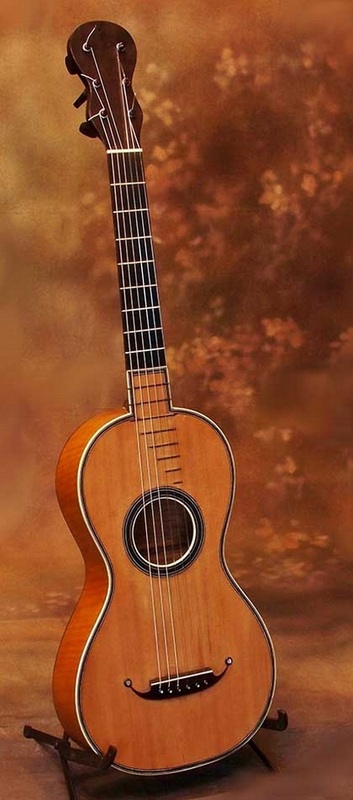
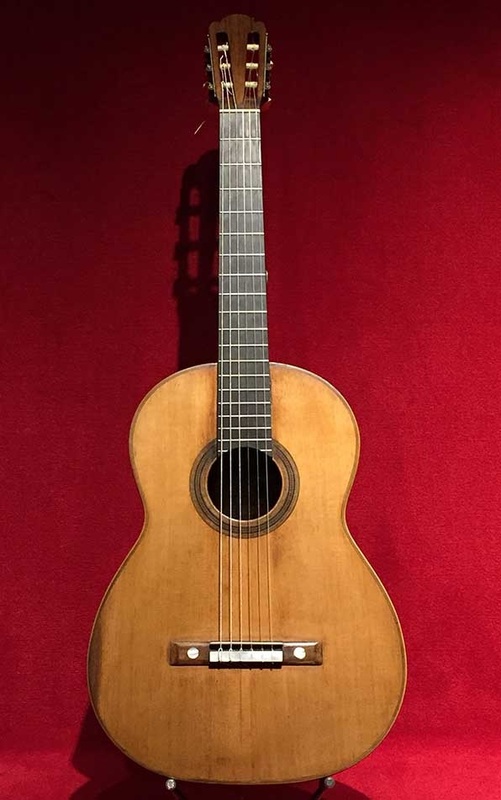
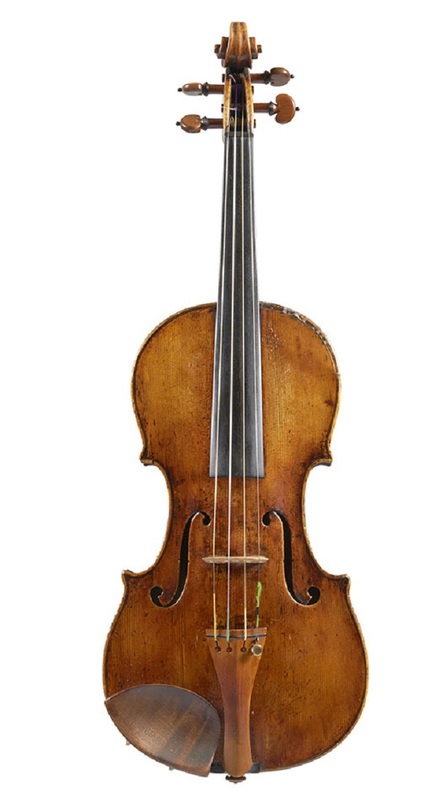
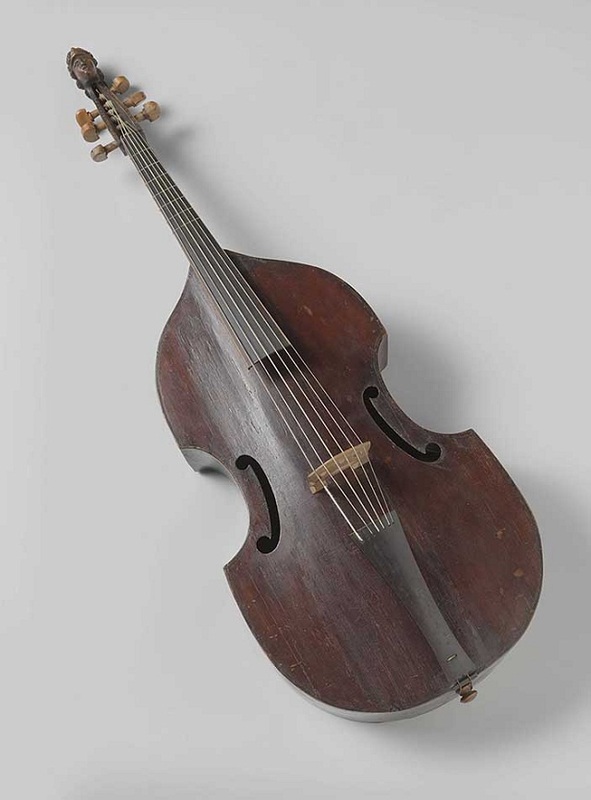
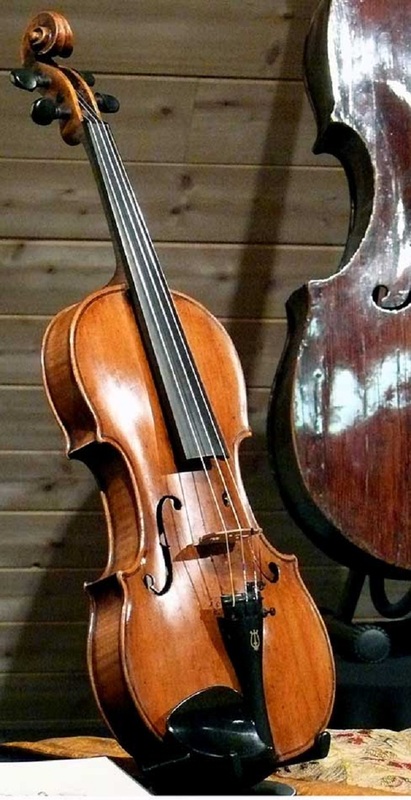
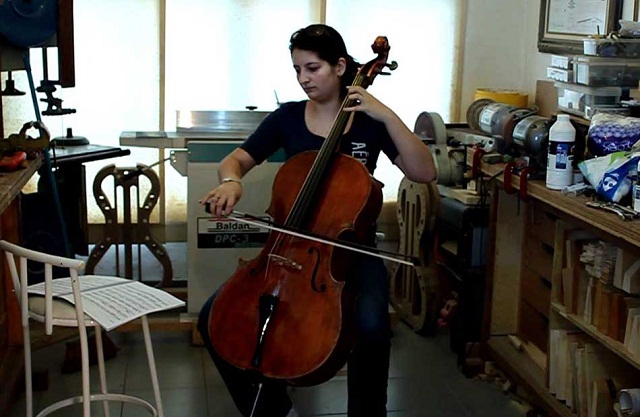
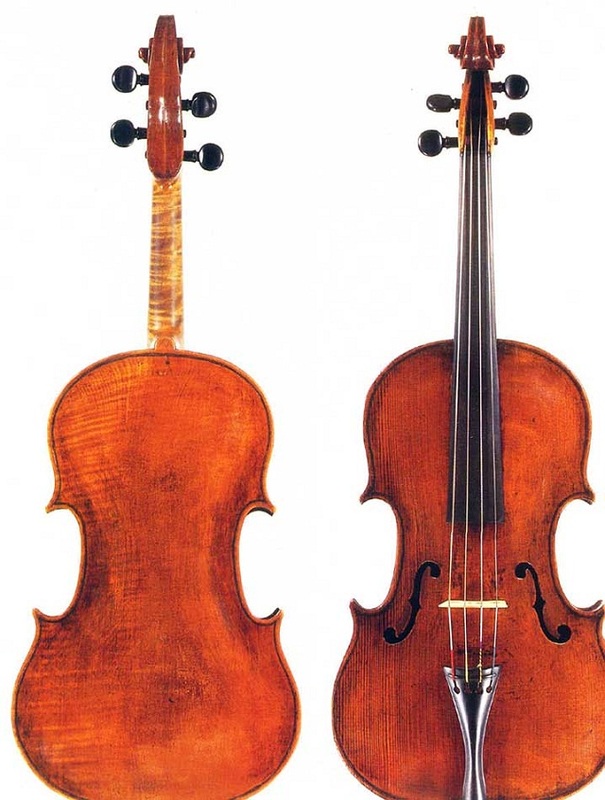
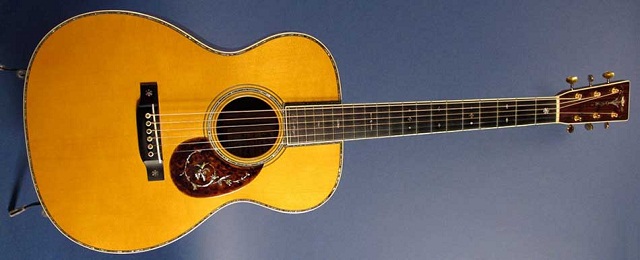
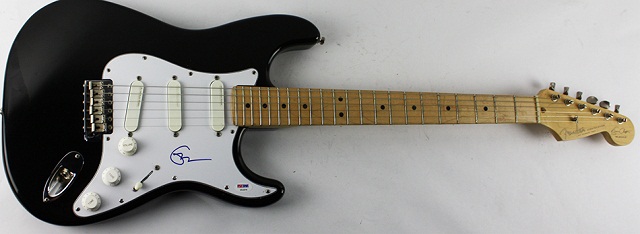
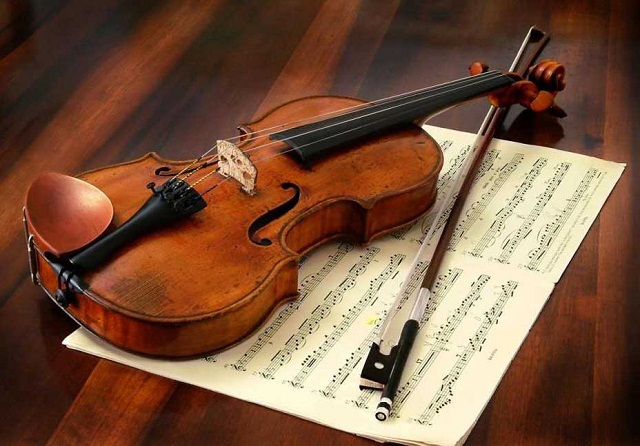
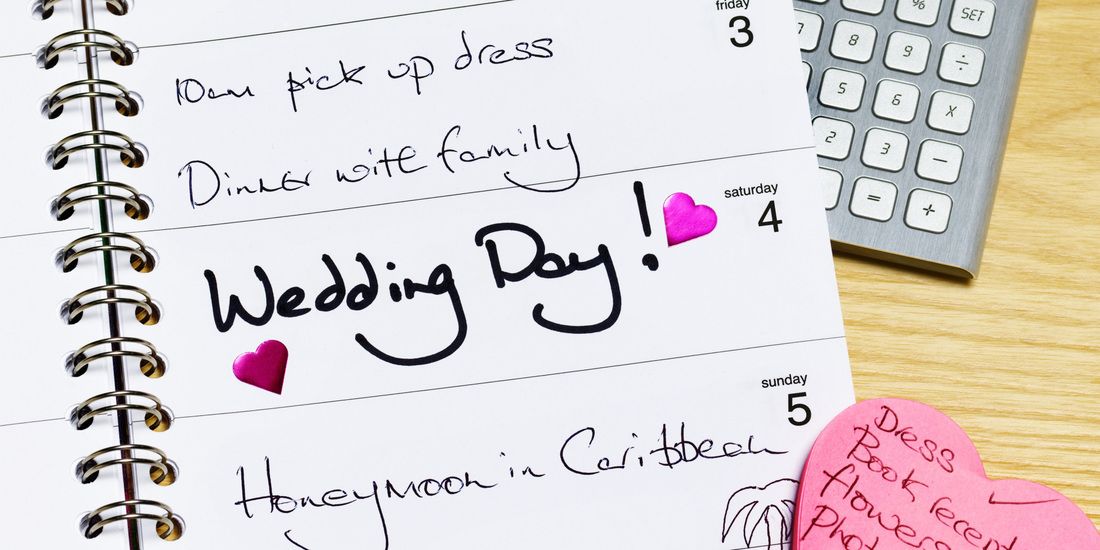
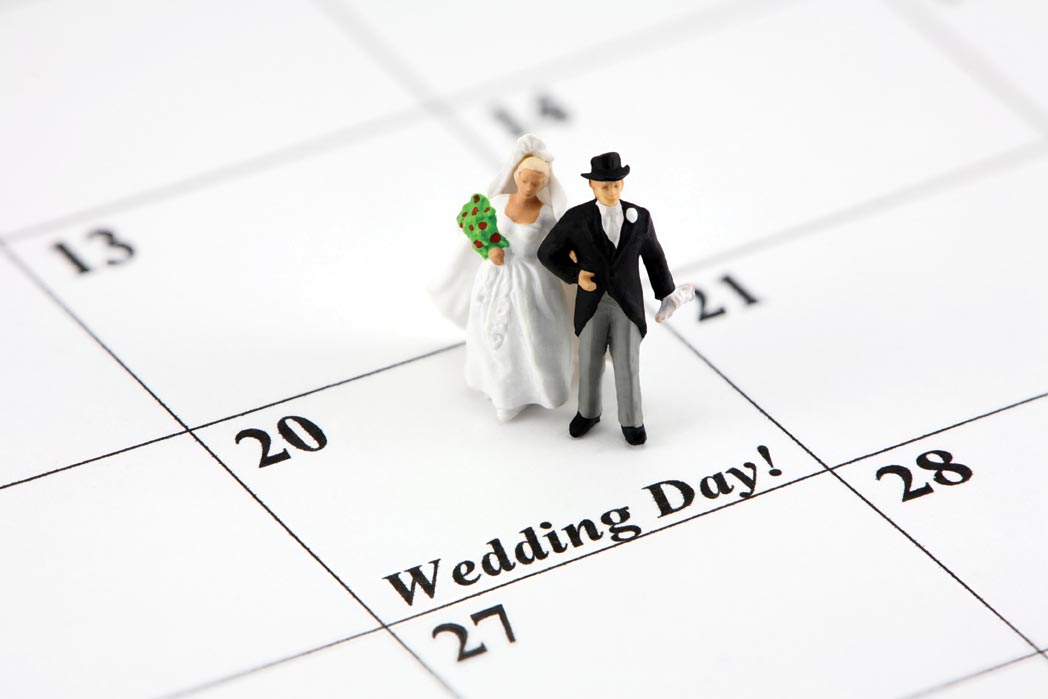
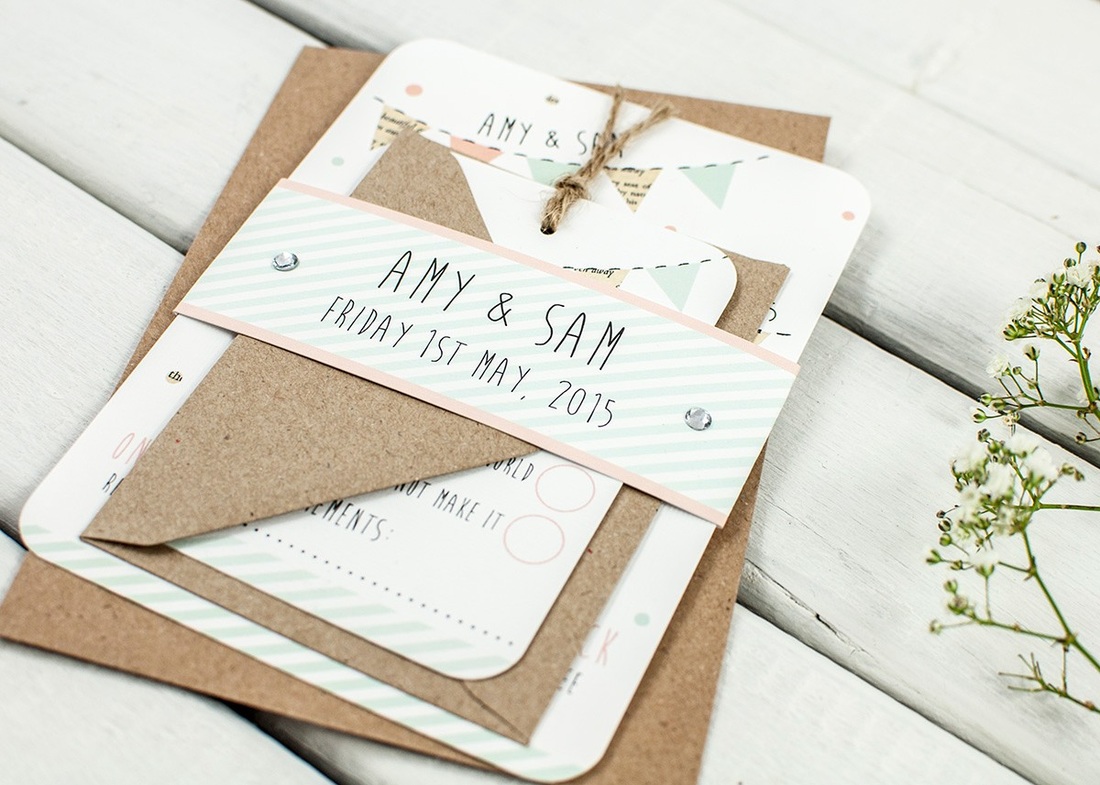
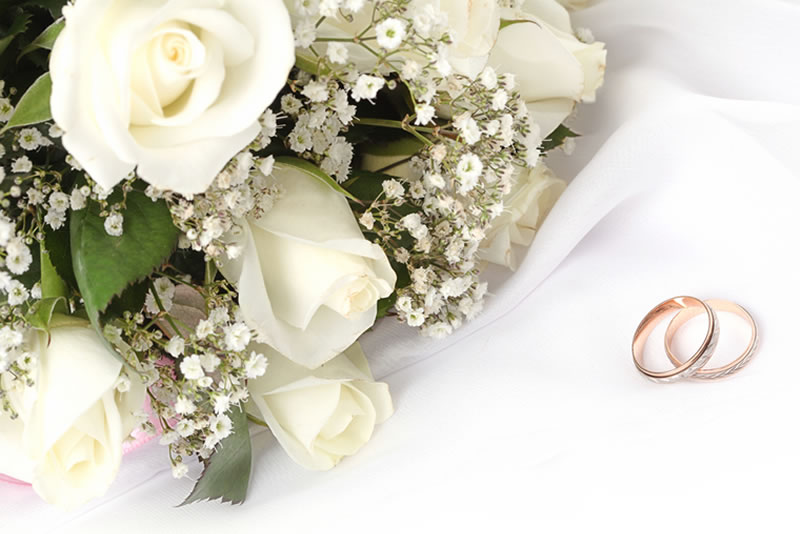
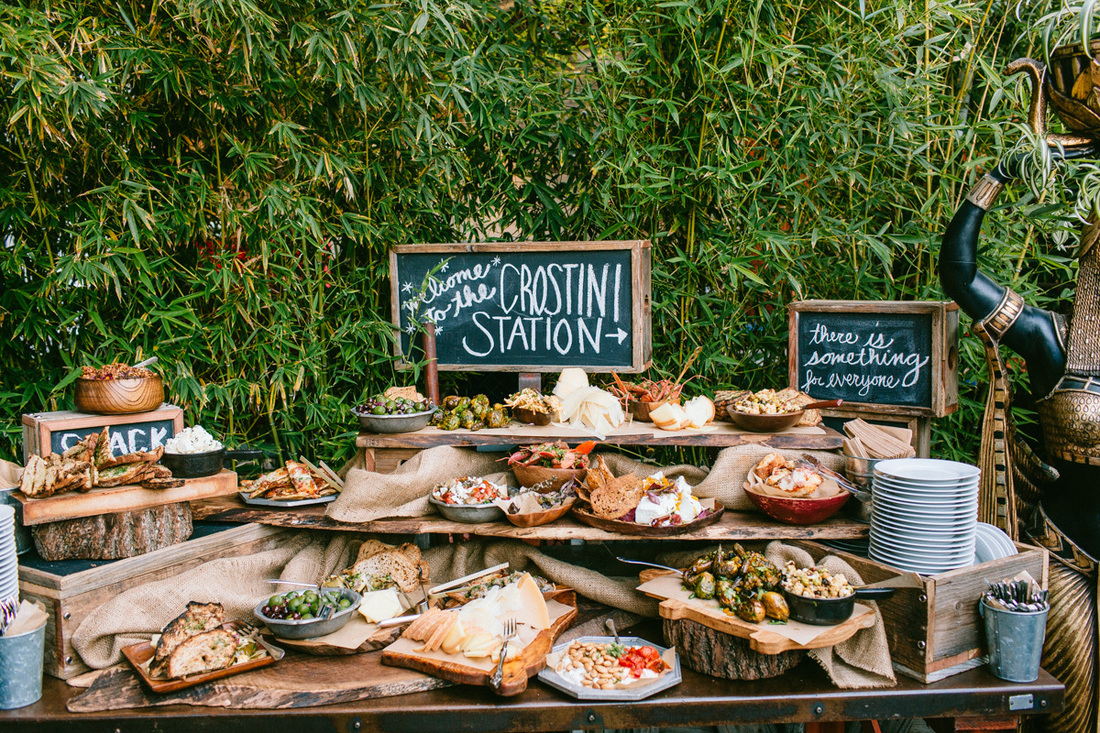

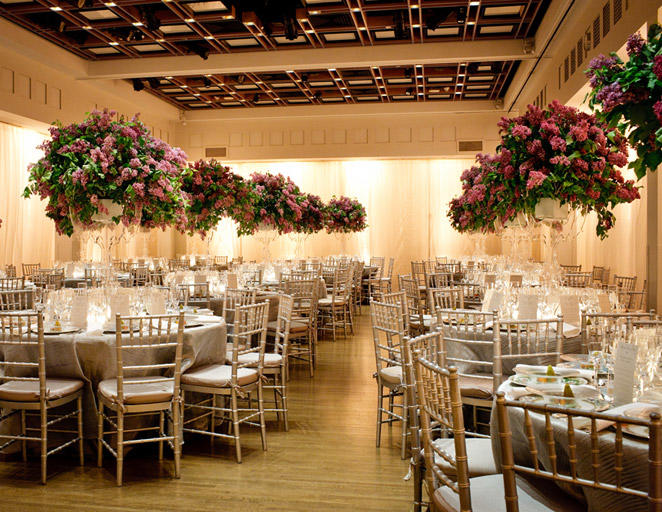
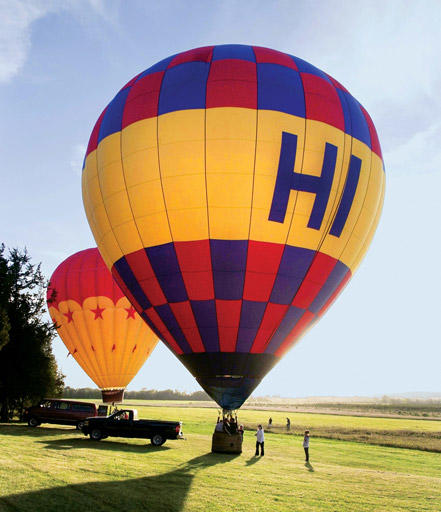
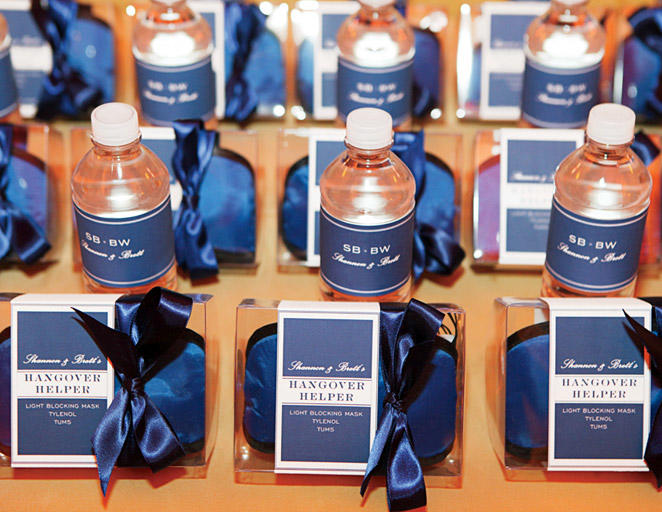
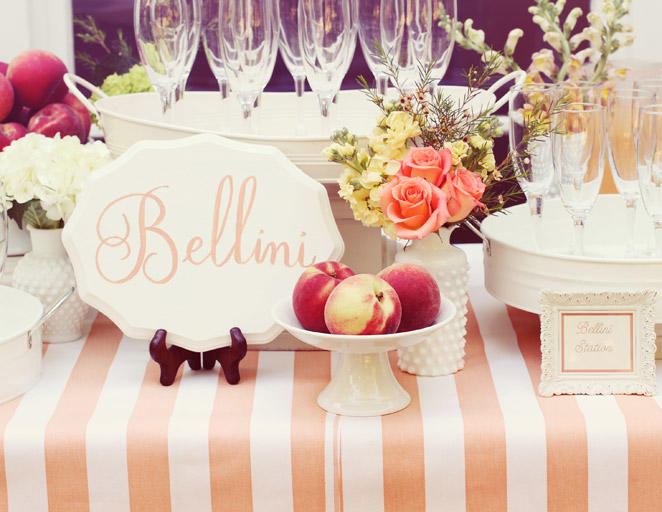
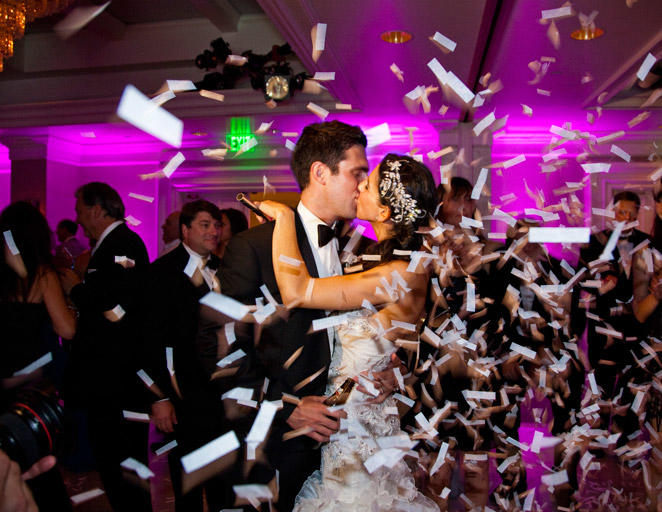
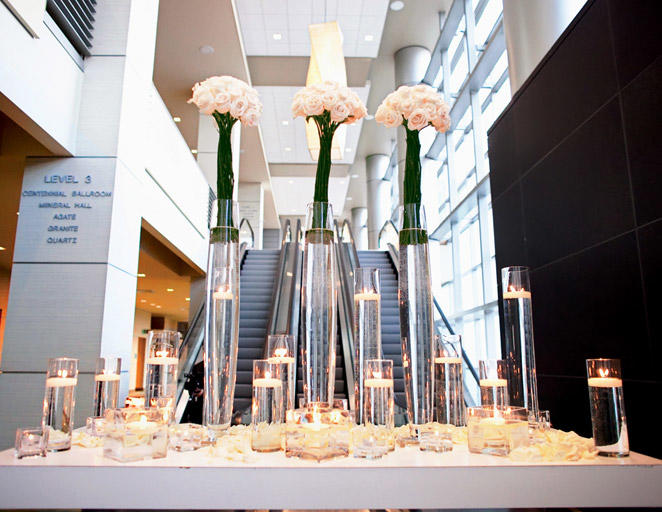
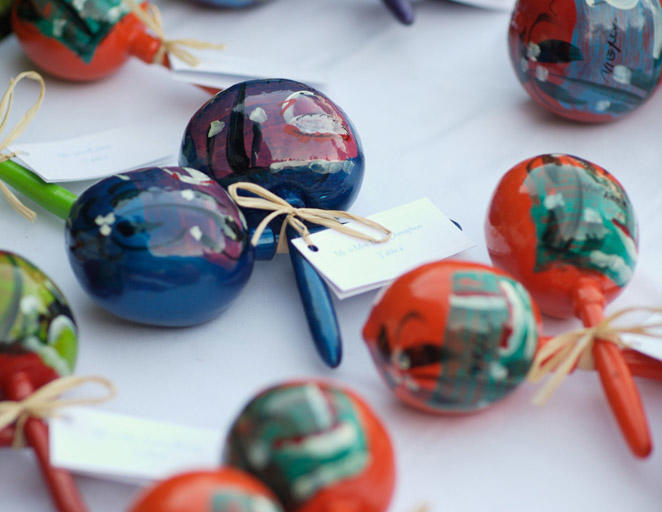
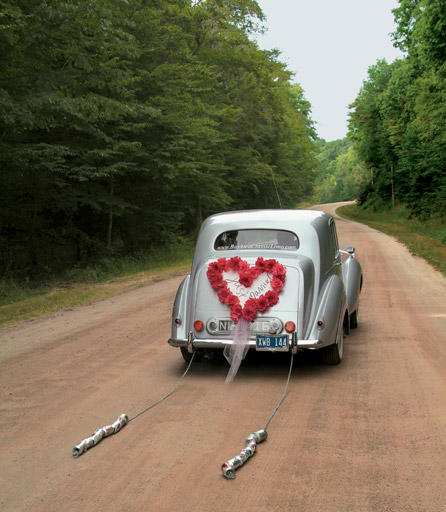
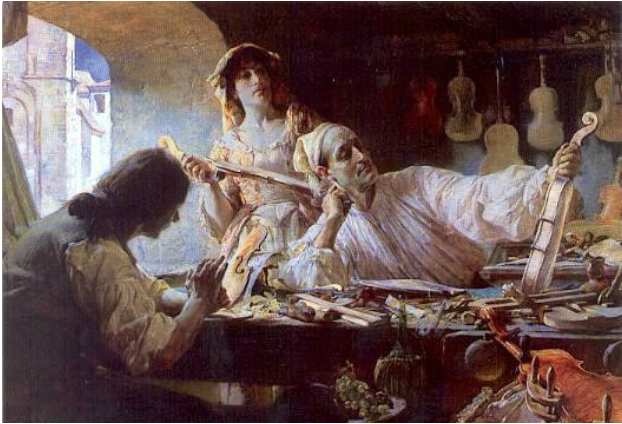
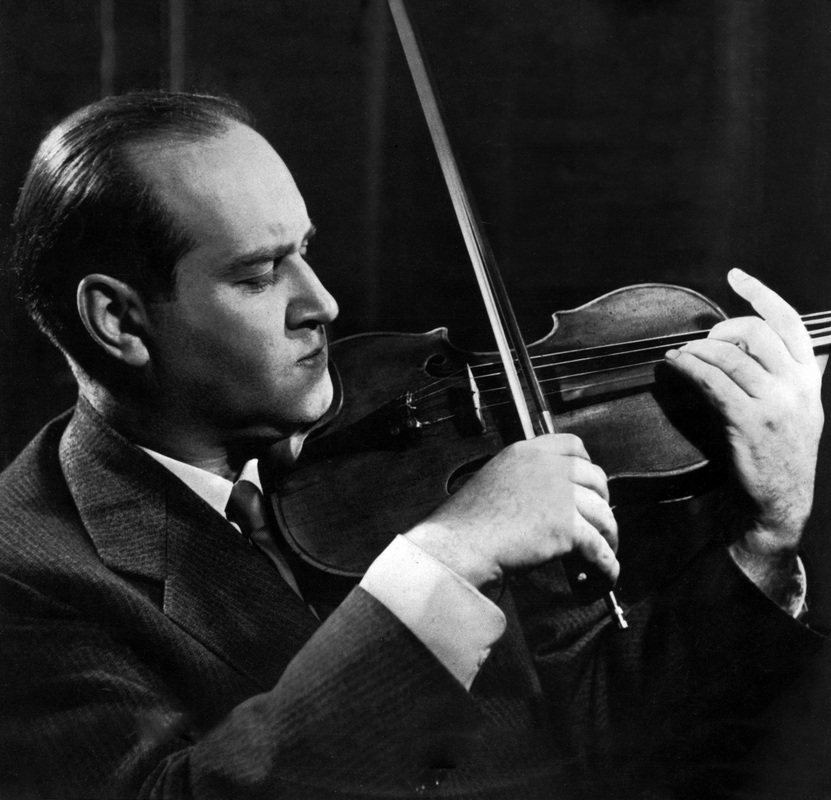
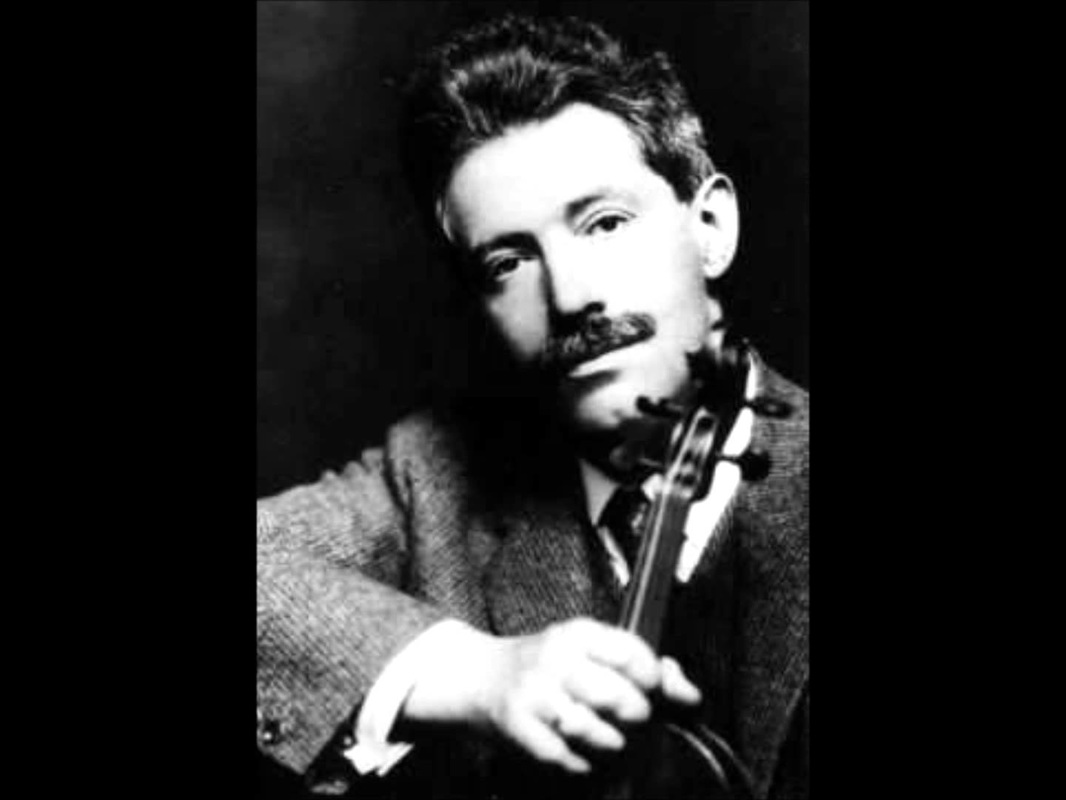
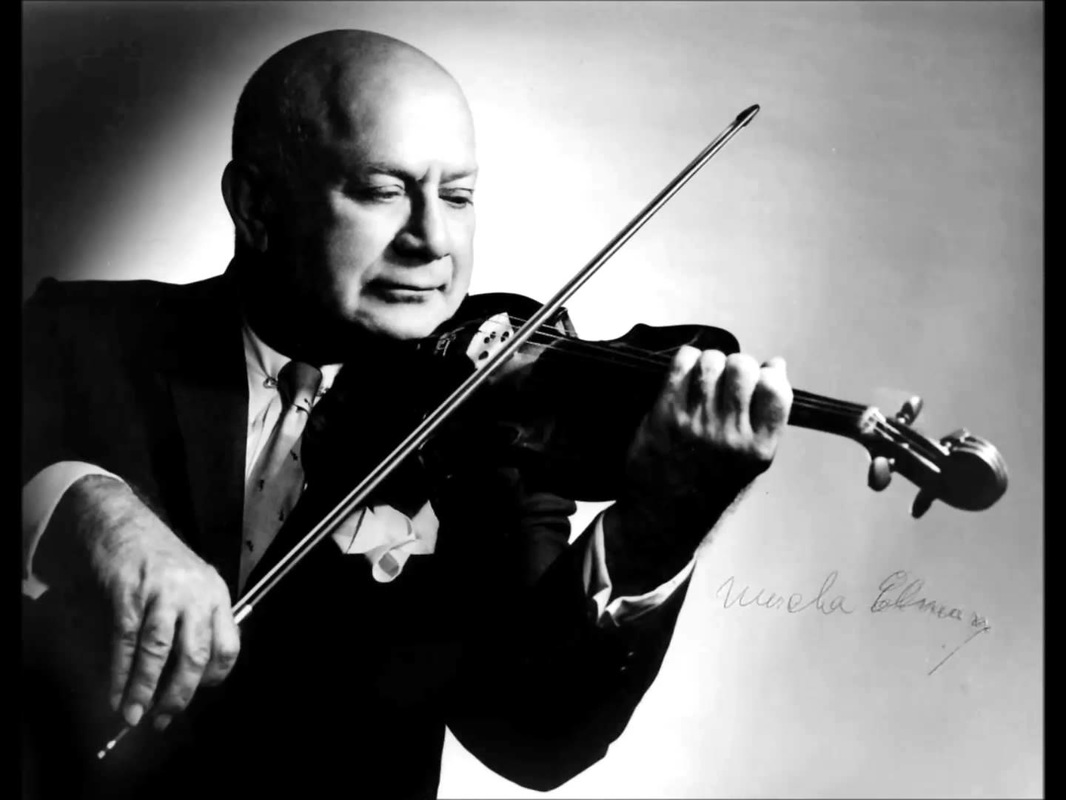

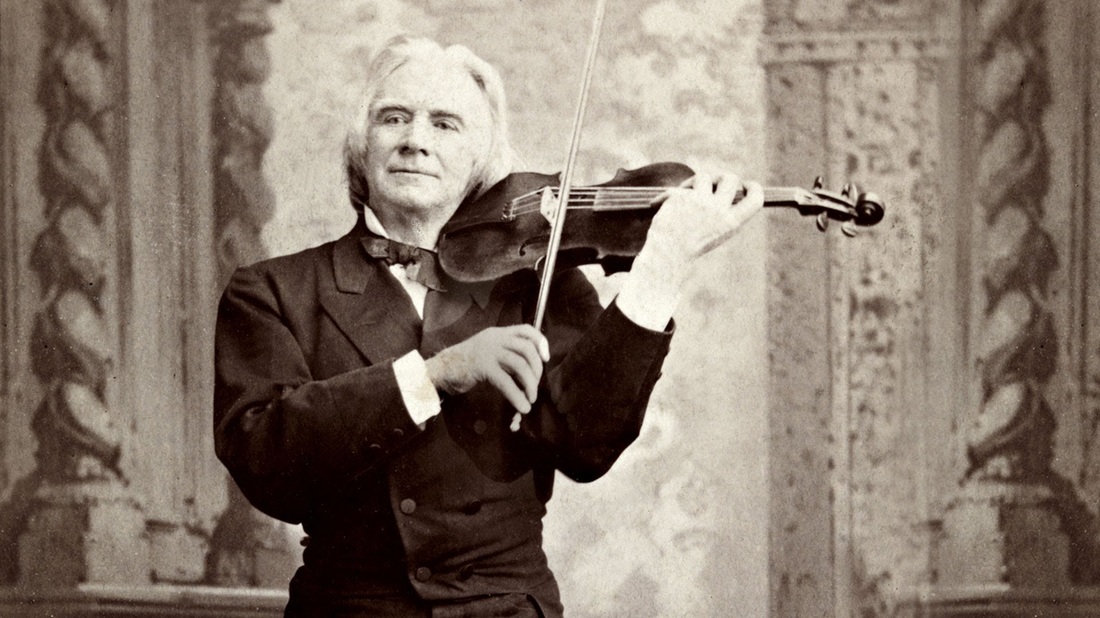
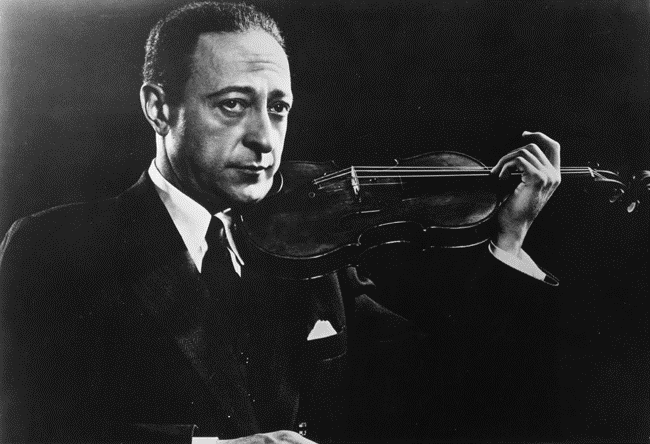
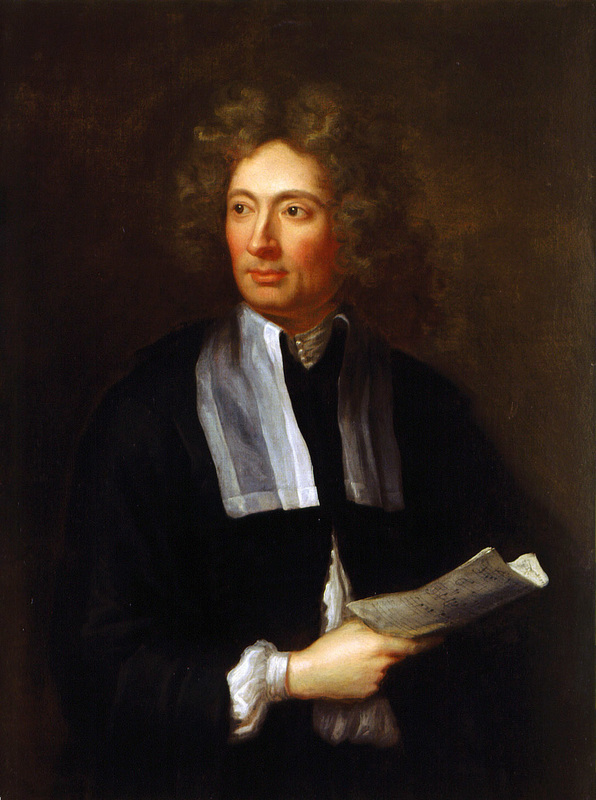
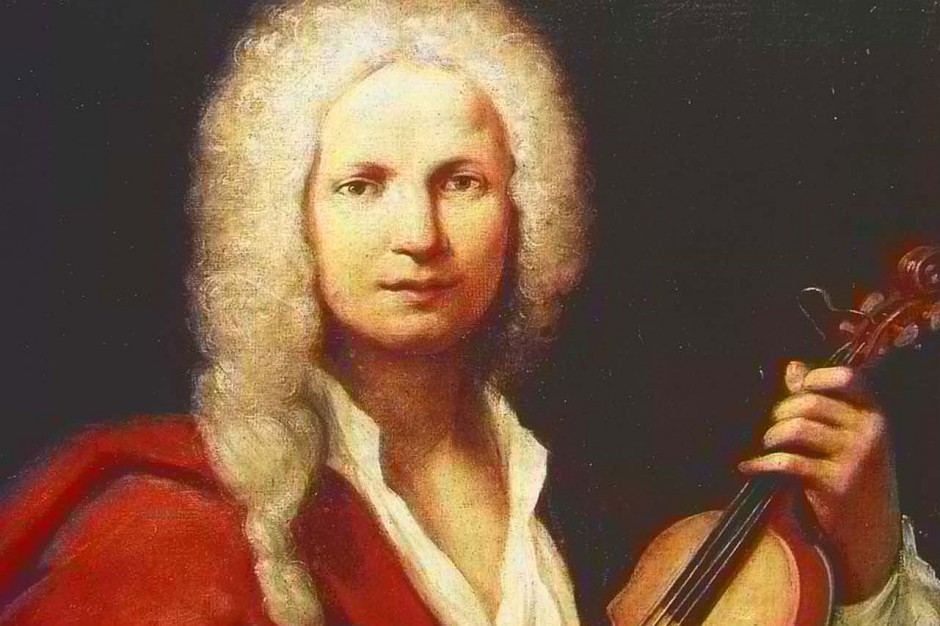
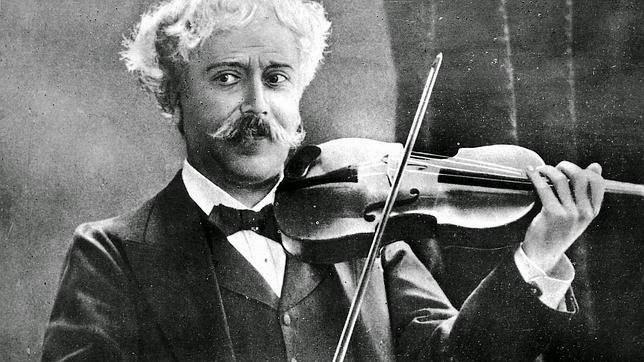
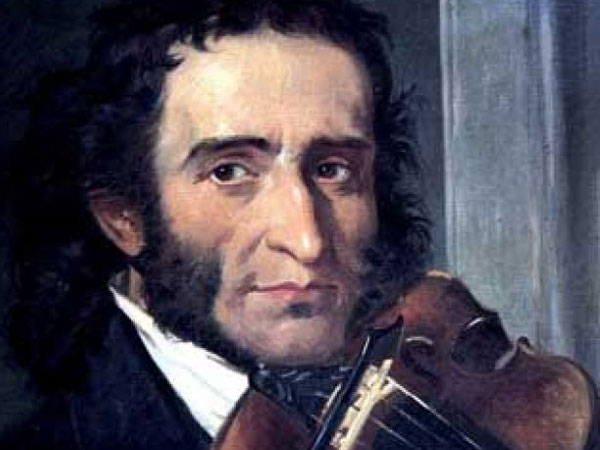
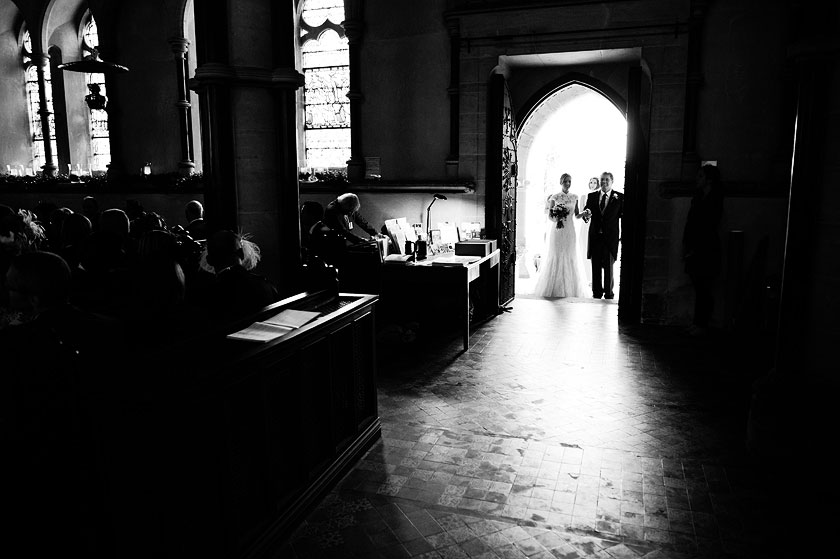
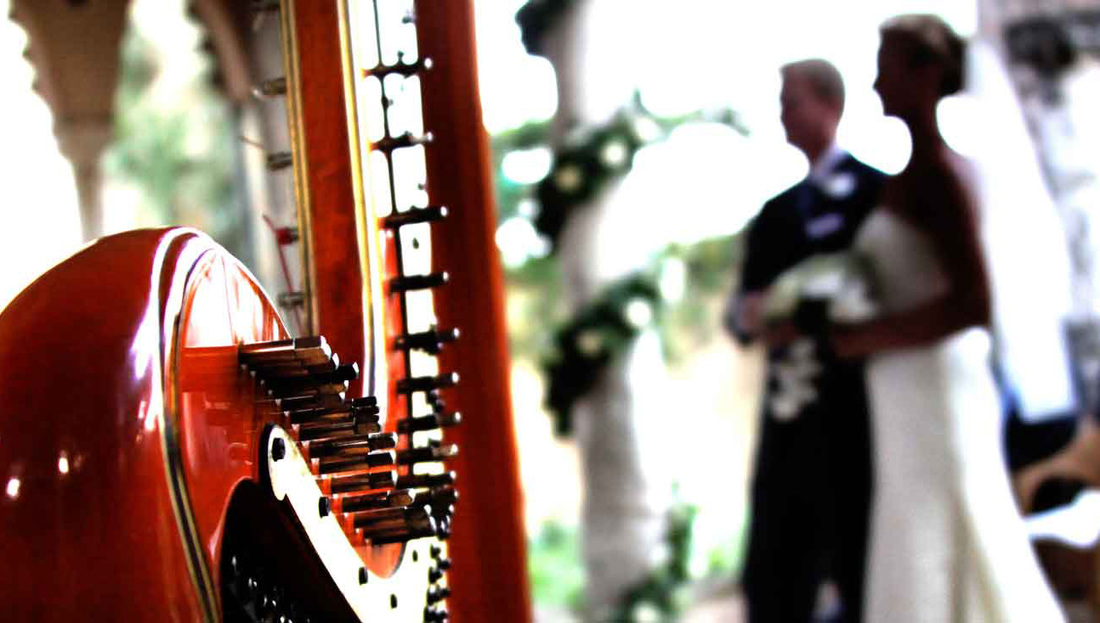
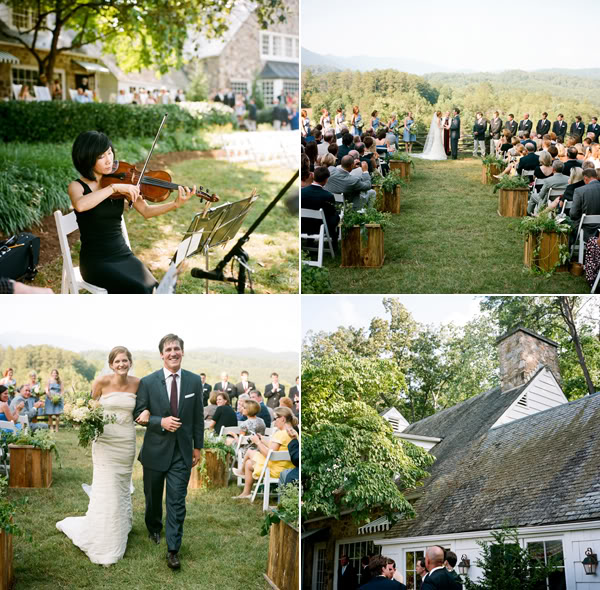
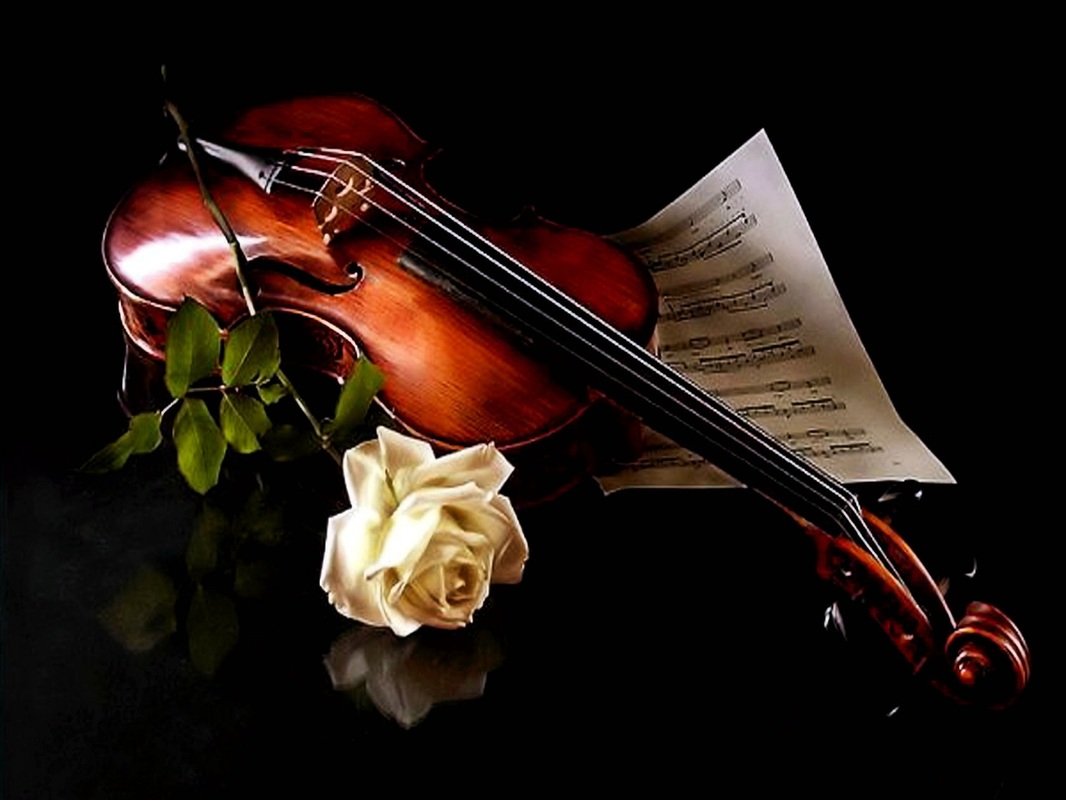
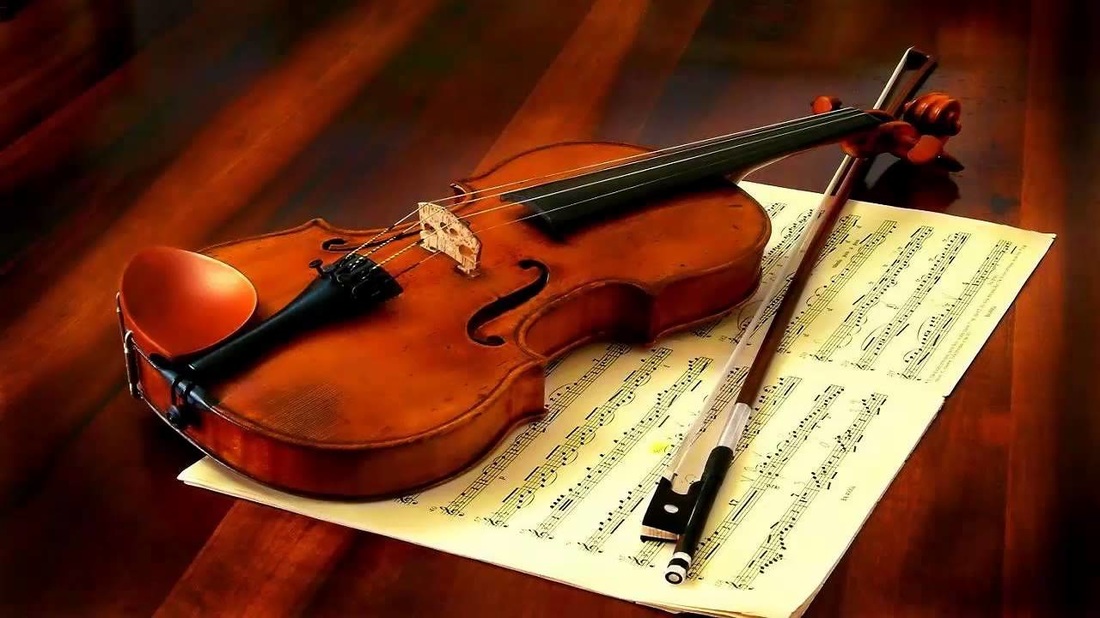
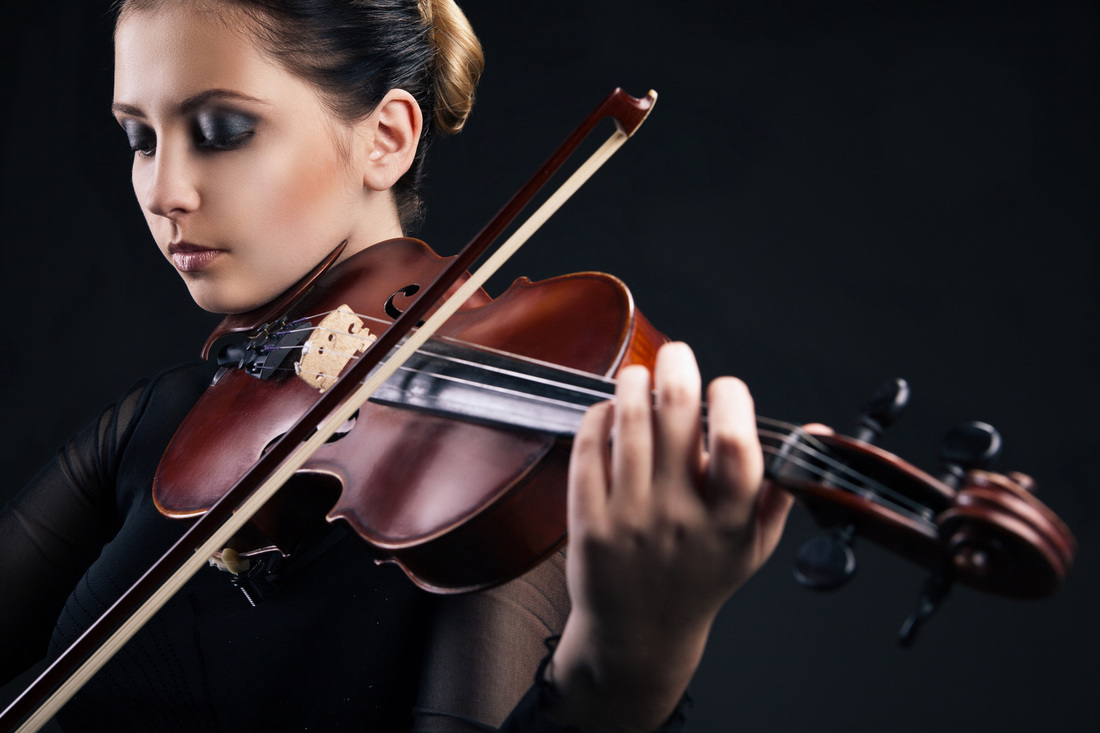
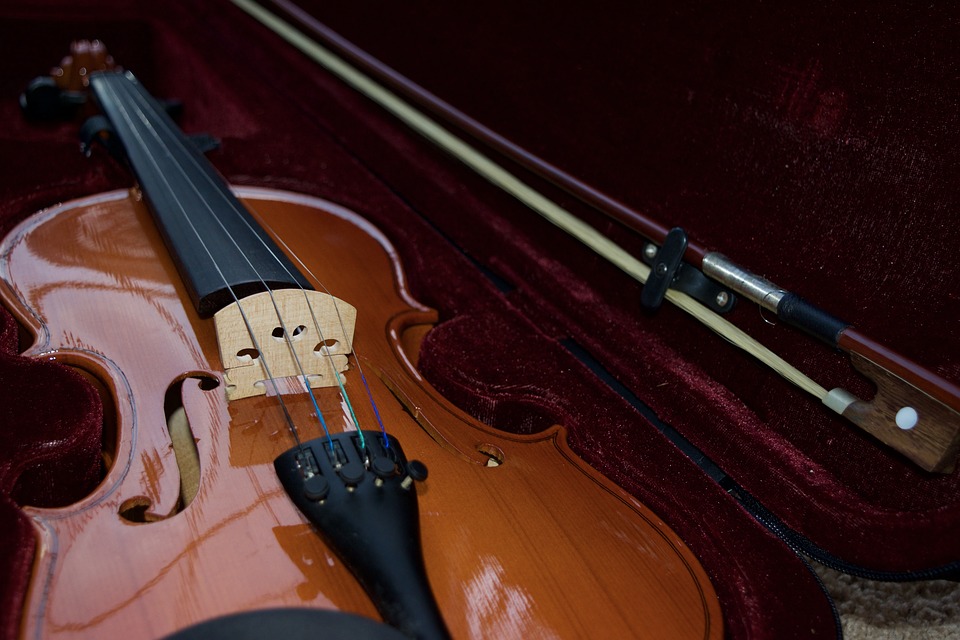
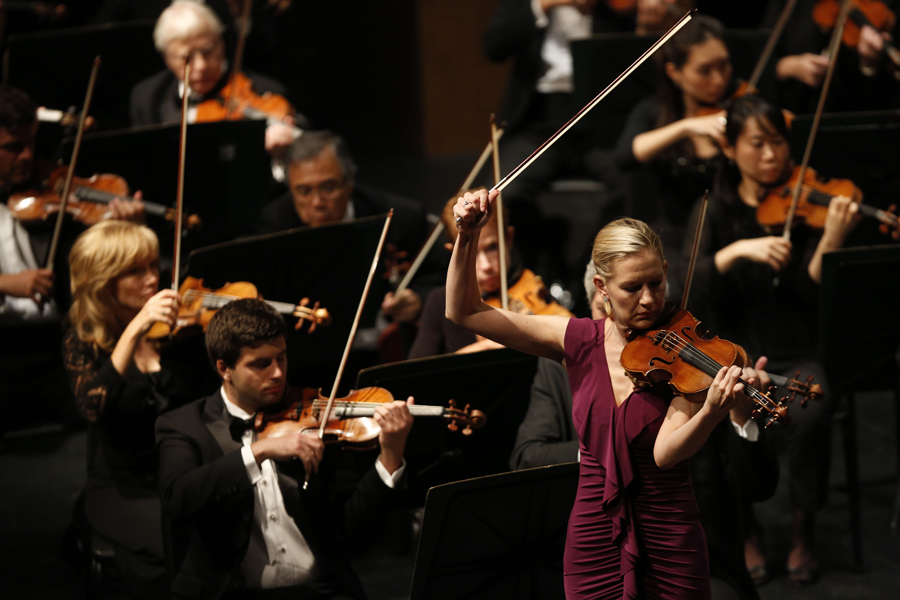
 RSS Feed
RSS Feed
